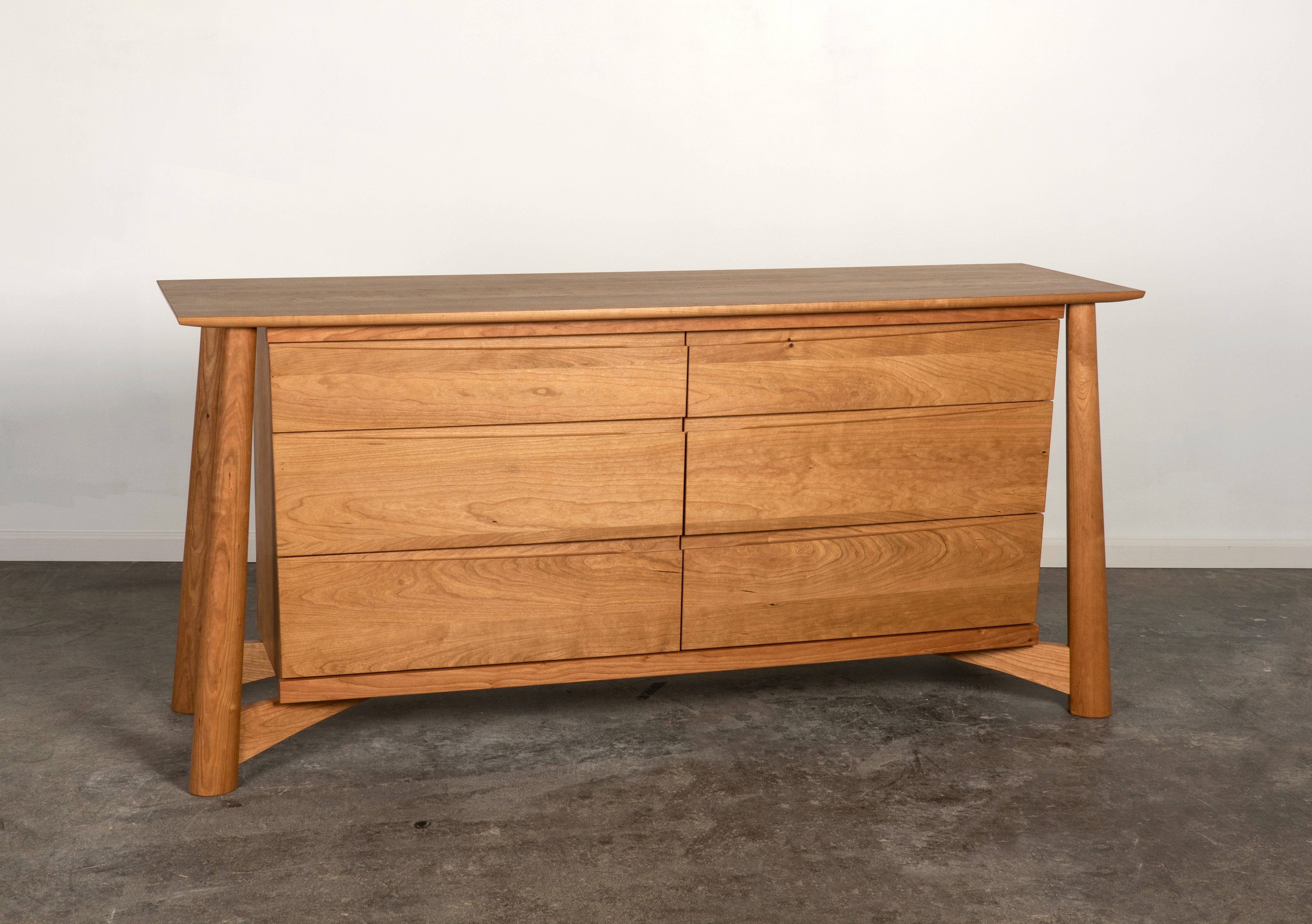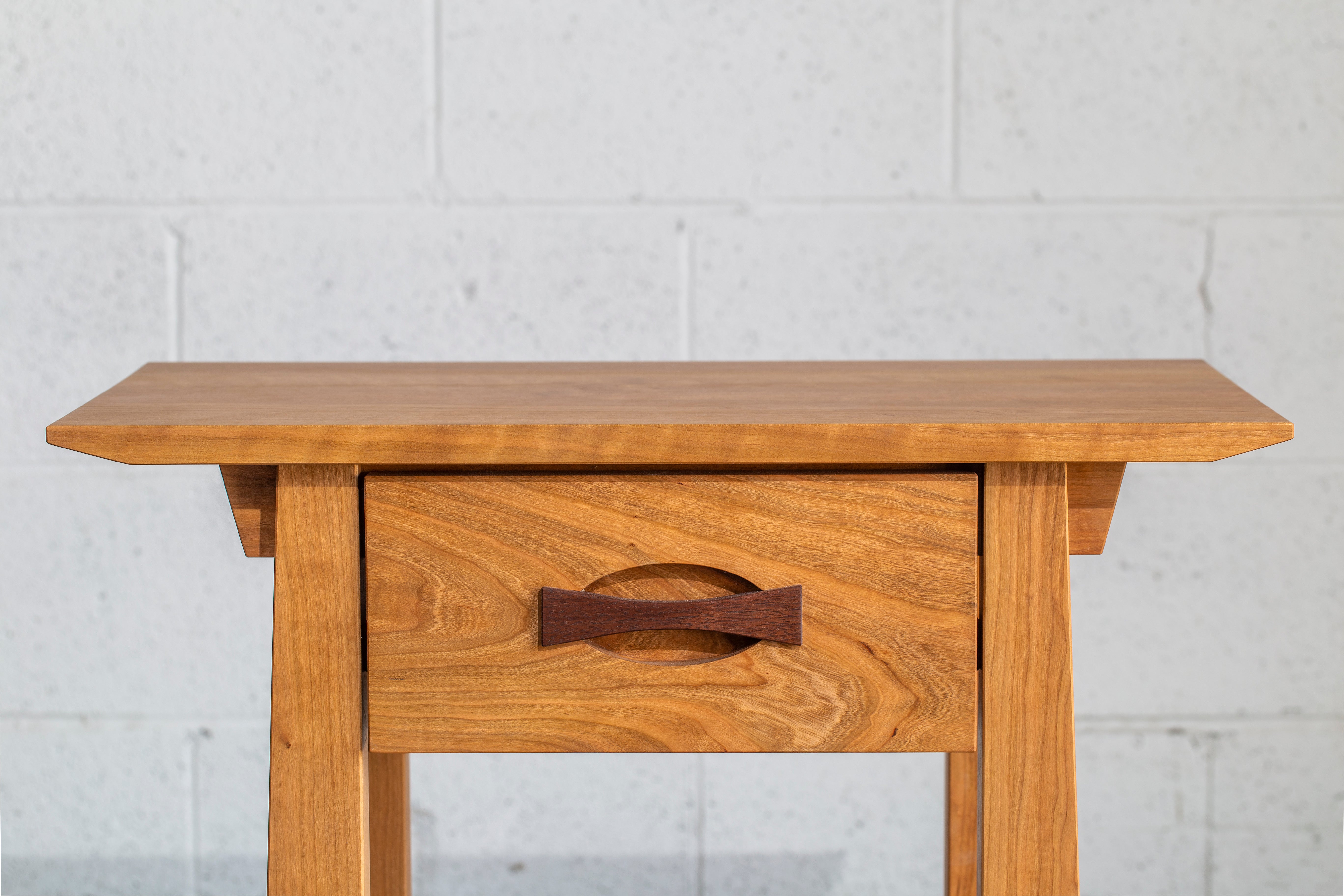A lot of definitions have been made for the word sustainability. However, the definition made by the United Nations Brundtland Commission remains simple and encompassing, saying that sustainability is about "meeting the needs of the present without compromising the ability of future generations to meet their own needs."
With mounting discussions on climate change and the future of the planet, the importance of sustainability has been highlighted more than ever. Years ago, sustainability was once viewed as an alternative route to doing things. Today, sustainability has become imperative, and adopting sustainable practices has transcended not only as a personal lifestyle choice but also in how industries operate, including the furniture industry.
Recently, sustainable furniture or organic furniture has taken the limelight among consumers. This eco-friendly furniture reflects the commitment of the furniture industry to take more sustainable measures in the production and distribution of its products. Here are a few of the ways that sustainability is practiced in the furniture industry.
Sustainable Source Materials
One of the key facets of sustainability within the furniture industry is choosing the source materials for the pieces furniture makers and furniture houses make.
Furniture items can be made from different types of source materials. However, for us to say that furniture is sustainable or organic, it has to be made either from easily renewable materials like bamboo or from recycled or repurposed materials.
Aside from that, sustainable furniture commonly avoids using chemicals that can be harmful to furniture owners and the environment in general. Instead, nontoxic paints, stains, and organic quality finishes are preferred since they don’t off-gas or emit volatile organic compounds or VOCs.
Sustainable Manufacturing Practices
Sustainability efforts within the furniture industry do not start and end with choosing a furniture’s source material; it is just part of the process of producing sustainable furniture items.
Responsible manufacturing practices are as important as it impacts communities and the planet. This includes reducing the company’s carbon footprint, limiting its carbon emissions, and possibly, eradicating pollution. For many companies, this includes opting for non-toxic chemicals in the production process and shifting towards greener energy sources like solar energy in powering up their production centers.
Sustainability, as it has been defined, is all about ensuring that this generation is more conscientious in the way we use our resources, so we do not jeopardize the future generations’ capability of meeting their needs through the use of the same resources. Sustainability also makes sure that the community and the environment are not harmed. For this reason, furniture factories employ reduced-impact logging techniques and forest management to keep forests healthy.
Eco-friendly Transportation
Transporting raw materials to manufacturing houses and delivering finished products to showrooms or customers uses energy. As such, the transportation involved in the production and distribution of furniture needs to be made more earth-friendly to ensure that all aspects of the industry are sustainable.
For the industry to reduce its carbon footprint from transporting products to consumers, furniture buyers are highly encouraged to buy locally produced furniture created with locally sourced materials. For furniture that would come from overseas, it is important to look into how efficient the company is in transporting its furniture items.
Packaging is also taken into consideration when we look into transporting furniture pieces. Furniture that can be shipped in pieces flat and tightly packed together often is more eco-friendly and, therefore, should be preferred by consumers over shipping bulky items that require a lot of packaging.
Furniture Functionality
Responsible consumption is a hallmark of sustainability. One of the ways that we can preserve our environment from indiscriminate consumption is by being smart about our purchases. Hence, efficiency has played a big part in our philosophy and process.
In terms of sustainable furniture purchase, a wise buyer needs to look at a piece's functionality. One needs to make sure that the furniture we are evaluating meets our needs as consumers and will serve its purpose for a long time. Quality, then, comes into play.
Buying high-quality furniture is sustainable. Quality furniture is meant to last, eliminating the need to replace these purchases due to wear and tear. This reduces both the acquisition of raw materials to create new furniture and the number of furniture pieces that end up in the landfill.
When such an option is available, it is advised to choose furniture pieces that are multifunctional, like sofa beds and ottoman benches with storage. These pieces will give you the functions of two or more products for a singular price, it would also help conserve production resources in making the said furniture.
Encouraging Reupholstery
Many consumers have also been conscious of their spending and disposal habits. They want to make sure that they get value for their money, and while totally not mindful of it, their decisions help make the furniture industry a more sustainable one.
One way consumers help make the furniture industry more sustainable is by breathing new life into old furniture through reupholstery. Instead of discharging old furniture items, many buyers decide to give them a makeover. After all, for most upholstered furniture, appearance is next to functionality.
Buy Organic Solid Wood Eco-Friendly Furniture
The furniture industry is slowly transitioning into a more sustainable industry that is beneficial and protective of the planet and its people without sacrificing a furniture business’ capability of generating an income. At both ends of the spectrum — buyers and sellers — a more environment-friendly approach to doing business has been adopted to suit the call of the time.
Sustainability has always been at the core of T.Y Fine Furniture. Since its inception, the business has taken pride in its commitment to making sure that its products are of top-notch quality and made from sustainable materials using eco-friendly practices.
Each piece of furniture from T.Y Fine Furniture is made from select naturally-fallen trees in the Ohio, Appalachian area’s managed forests. Instead of using commercial glue, T.Y Fine Furniture uses age-old milk-based blends as adhesives or glue. This glue has been tested for food contact.
Most importantly, T.Y Fine Furniture takes pride in its proprietary organic wood finish, ensuring that nothing but the finest materials is used in all aspects of the production of its high-quality furniture. Described as a “beautiful, organic and heirloom quality finish” that has become the “cornerstone of T.Y. Fine Furniture,” this furniture finish is the only one available on the market with food-grade components. It is also purely organic and free from Volatile Organic Compounds or VOCs. and is entirely organic with no Volatile Organic Compounds (VOCs). This does protect not only the environment but also the families of T.Y Fine Furniture pieces.
If you are in it to take this sustainability and environment-friendly journey in your household, purchase a T.Y. Fine Furniture piece now. Browse through our extensive catalog, or you may contact us for your inquiries.



Leave a comment
This site is protected by hCaptcha and the hCaptcha Privacy Policy and Terms of Service apply.